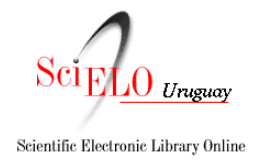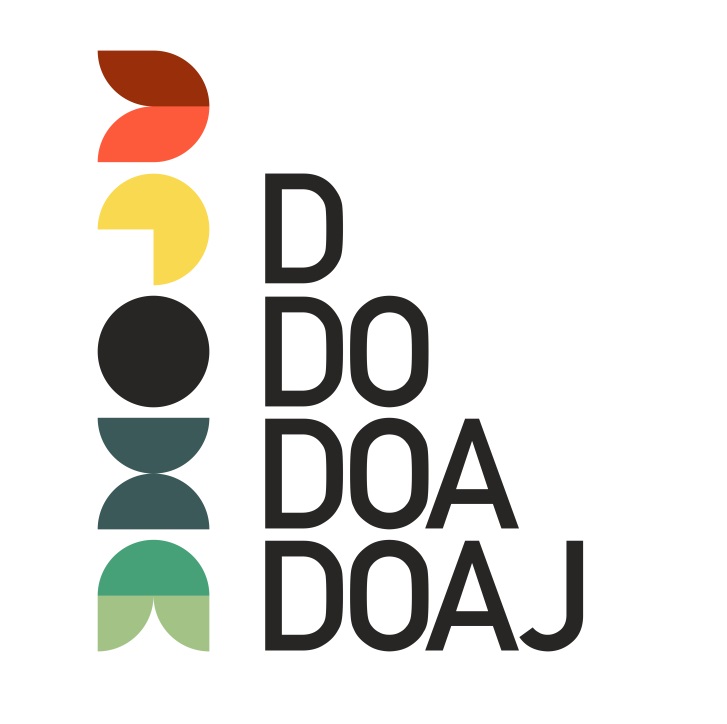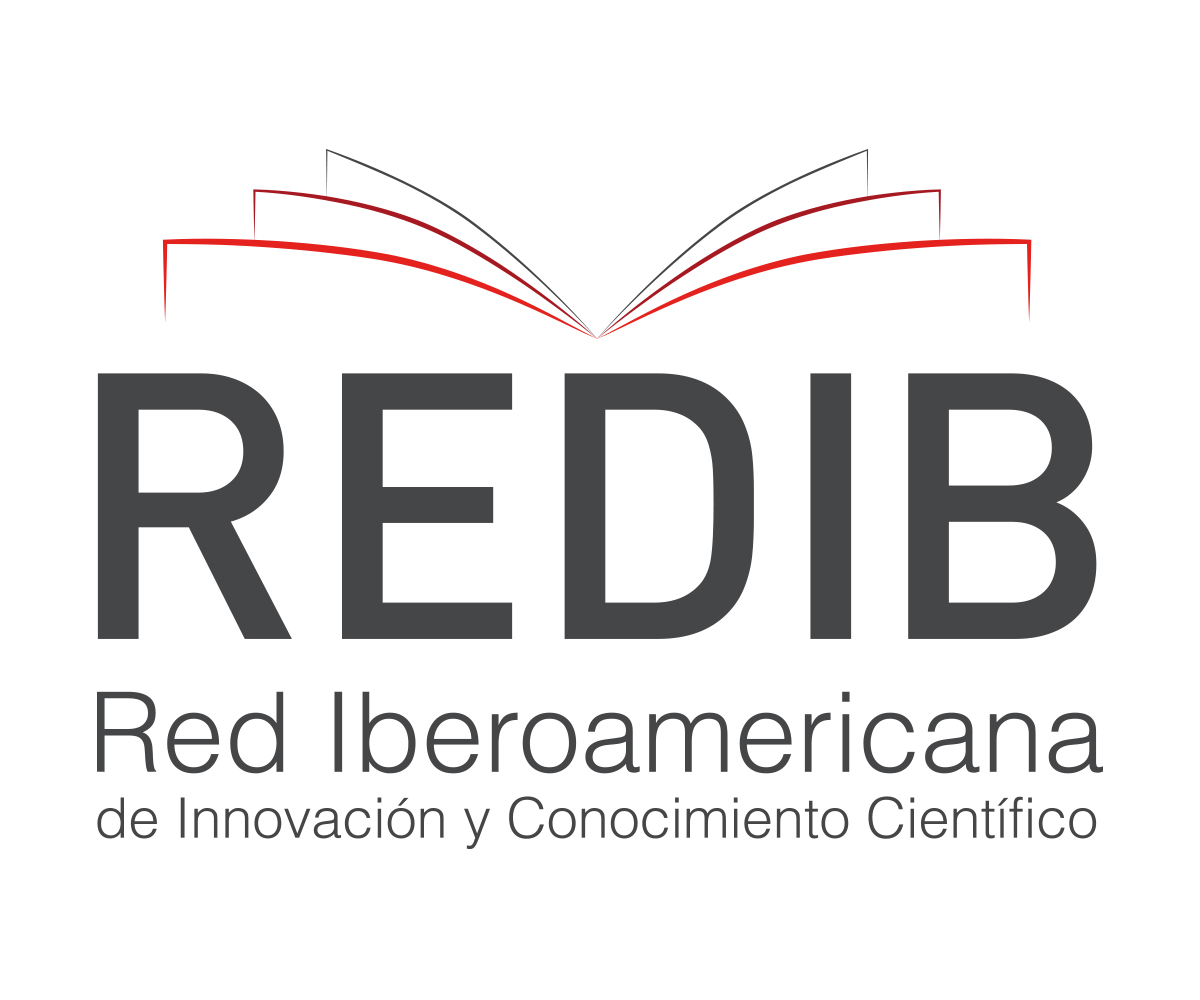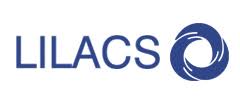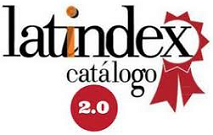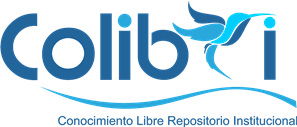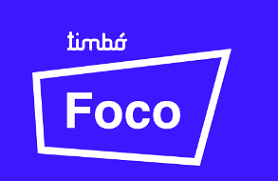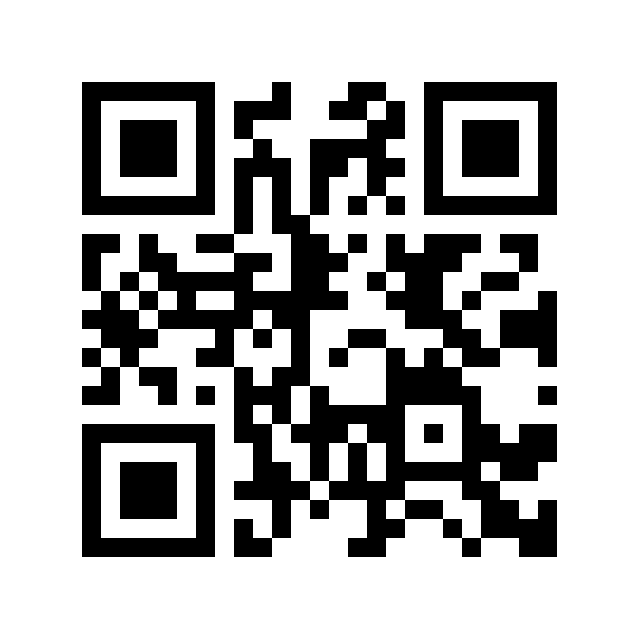
About the Journal
Focus and Reach
The Uruguayan Journal of Nursing (RUE) is a journal currently published by the Faculty of Nursing of the University of the Republic, Uruguay, and co-published by the Association of Nurses of Uruguay (ANU).
In 2018 it will continue to make its contribution as a fundamental part in the development of research in the Nursing discipline. In this new phase, the journal aspires to be constructed and managed in a participatory manner. The RUE is a platform for academic contributions intended to professionals, teachers, graduate, undergraduate and postgraduate students.
The RUE seeks to promote and deepen the knowledge on Nursing practice, also fulfilling the aims of the University included in art. 2 of the Organic Law No. 12,549.
The Journal is published every six months and receives only original papers (without prior publication), product of research in the field of Nursing and other related sciences. Articles, research studies, reflections, essays, biographies, experience report, thesis, book recommendations, history of nursing and letters to the director are admitted. Authors will be responsible for their opinions, data and the intellectual content developed in the articles. The Journal reserves for itself the reproduction rights of the admitted articles.
Data availability
The authors of the original articles will be able to submit their article informing if the data set of their research is available and, if so, where it is accessed.
In the event that the author has his research data on a server, he must declare it in a note within the article.
Example:
"The data set supporting the results of this study are available at..."
Otherwise, you must include a sentence within the article stating the following:
"The data set that supports the results of this study is not available".
Open access policies
The RUE assumes the commitment to exchange knowledge making available its content through open, free and universal access. The author shares his knowledge for the scientific development of the discipline and the reader can access the academic articles without any cost, being an indispensable condition to mention his authorship. It is published in electronic format through OJS (Open Journal Systems). The creative commons license is added.
Indexing and Visibility
The RUE is indexed in: Lilacs and registered in: Ulrichs web, Latindex. It is available in the directory of the Virtual Health Library Nursing (BVS) and Portal Timbó.
Evaluation process
The articles will be evaluated anonymously, by means of a double-blind system by recognized national and international academic peers, members of the Scientific Council. The articles that correspond to related disciplines will be evaluated by referring professionals in the area.
The articles will be received preferably in Spanish, the title and summary will be received in Spanish, Portuguese and English.
Stages of receipt of articles
The article is received by the Editorial Committee and sent to peer reviewers, who make a report and can: validate, validate with suggestions and / or reject the article. The status of progress and evaluation of the article will be informed and communicated to the author, only through the email: rue@fenf.edu.uy.
Finally, it will be sent again to the Editorial Committee before its publication.
All texts will be analyzed by anti-plagiarism software.
Goals
• To contribute to the visibility and development of the professional field through academic writing in Nursing and related disciplines.
• To strengthen the exchange of knowledge, through scientific dissemination in the field of Nursing and related sciences of interest to the profession, nationally and internationally.
OPEN ACCESS POLICY
This journal provides immediate open access to its content, based on the principle that offering the public free access to research helps in a greater global exchange of knowledge.
Editorial Standards
Guidelines for publishing
1) Papers may be submitted by professionals, of all nationalities, in Nursing and other related disciplines.
2) The paper will be accepted preferably in Spanish, Portuguese and English.
3) The paper may cover scientific issues related to assistance, teaching, research and extension in Nursing or related areas considered of interest and accepted by the Editorial and Scientific Councils of the Journal.
4) The paper must be an original and previously unpublished work in any format (printed or electronic).
5) The concepts, ideas and opinions stated by the author(s) of the paper, as well as the adequacy and origin of the bibliographic citations are entire responsibility of the author (s) and do not necessarily reflect the position of the Editorial Board of the Journal.
6) The total or partial reproduction of the articles included in the RUE may be done by citing the source.
7) When the paper is submitted, a declaration letter of responsibility on the content must be attached.
8) Each paper will be sent for evaluation to the members of the Scientific Committee, maintaining anonymity for both authors and evaluators.
The paper after its evaluation, will be classified according to three modalities:
approved, approved with suggestions and refused.
9) The Editorial Board has full authority to decide whether to publish or not a paper according to the evaluation made by members of the Scientific Committee according to considerations such as originality, scientific merit, opportunity of the topic, knowledge, adequate definition of the subject in study and clarity in its exhibition. The Editorial Board may introduce possible modifications in the work in order to adjust it to the editorial parameters of the Journal.
10) For researches involving human beings, the author (s) must attach a written consent signed by the participants, which will be kept in total reserve by the Editorial Board.
11) The works must follow the following presentation rules:
- Each article will be typed in a word processor Word for Windows version 98 or later, using font: Times New Roman or Nimbus Roman No9 L, size 12, line spacing 1.5.
- The pages must be numbered with Arabic numerals from the Introduction to the Conclusions. Abstracts and bibliographic references are not numbered.
The body of the text must present the titles of their respective sections in lowercase and bold letters placed on the left.
- The words whose style is italic should be used to highlight important aspects of the text such as: quotes from authors, statements, interviews transcripts, words or expressions relevant to the topic addressed and words in a different language to the text.
- A digital copy must be sent to the email address of the RUE: rue@fenf.edu.uy
- Tables, graphs, figures, photos and other illustrations must be presented in separate files, with the corresponding legends and consecutively paginated with Arabic numerals in the order they appear on the main body of the article.
They must be sent in the case of tables, graphics, photos and other illustrations in jpg format and shall not exceed 6 items.
The illustrations taken from other published works must be sent with written permission by those responsible for the original publication. The photos must avoid the identification of people or otherwise a written permission shall be attached.
12) Each work will be structured as follows:
- Cover: in which the title of the paper will appear in bold and no longer than 15 words; version of the title in Spanish, English and Portuguese; name and surname of each author accompanied by degree, position and affiliation; email address of all authors.
- Abstract: in Spanish, English and Portuguese with their respective keywords, between 250 and 300 words for research, reflection, essays, thesis presentation, experience reports, critical reviews and biographies.
The abstract will provide a summary of the objectives of the work, the methodology used, the most relevant results and conclusions. It will be accompanied by 3 to 5 keywords also in Spanish, English and Portuguese. The descriptors or keywords are fundamental for the classification of the topic addressed. The Journal accepts between 3 to 5 descriptors, whose existence in Spanish, Portuguese and English must be confirmed by the author (s) in the electronic address of Descriptors in Health Sciences of Bireme: http: //decs.bvs. br.
- Introduction: it will define the objectives of the work; its justification and the most relevant aspects that allow knowing the subject of study that will be presented.
- Text: must presented in a logical sequence, developing the work organized in different sections and proposing conclusions according to the type of work presented.
- Bibliographic references: in accordance with the standards of Vancouver:
a) the references will be numbered consecutively according to the order in which they appear for the first time in the text.
b) will be identified in the text, tables and legends, with Arabic numerals in parentheses.
c) the references that are cited only in the tables or in the legends of the figures will be numbered according to the order established by the first identification within the text of each table or figure.
Examples:
Journal articles: include the name of the first six authors (surname and initials of the name) and then write et al. Article title. Abbreviated name of the journal, year, month, volume, pages (eg, Ann, INtern.Med 1996 Jun 1; 124 (11): 980-3).
Books: Authors (surname and initials of the name). Title of the book. Edition number, City, country,
editorial, year. (Eg Ringsven MK, Bond D. Gerontology and leadership skills for nurses, 20 ed. Albany (NY): Delmar Publishers, 1996).
Computer material: Author (surname and initials of the name) Title. Origin (online article, monograph on CD-ROM), year, month and page in which it is available. (Ex .: Morse SS Factors in the emerging infectious diseases Emerg Infect Dis (serial on line), 1995 In-Mar (quoted Abdel-Hadi Alvarez H, Rodríguez-Lafora Bastos M. Cantarero Gracia A. Wernicke encephalopathy as complication of hyperemesis gravidarum 5 Jun 1996); 1 (1). Available at: http://www.cdc.gov/ncidod/EID/eid.htm) (Ex: 2 Uruguayan Nursing Journal CDI, Clinical dermatology illustrated ( monograph on CD-ROM) Reeves JRT, Multimedia Group, producers, Version 2.0 San Diego: 1995).
In the case of a research paper or a thesis summary, the following will be added to the first three points (Cover, Summary, Introduction):
- Method: the methodology used, the population under study, the procedures and the type of analysis will be described.
- Analysis and results: the most relevant observations and results will be highlighted.
- Discussion: interpretation of the results according to the referential framework used.
- Conclusions: final considerations in relation to the objectives and the discussion of results.
- Bibliographic references: in accordance with the standards of Vancouver:
- Annexes: will be used when they provide essential information for the understanding of work. You can include tables, graphs, photos, illustrations, schemes.
13) Paper types: all will be prepared according to items 10 and 11 of this regulation.
- Editorial: develops a subject of Nursing or related discipline in the context of the topic that will addressed the respective volume of the Journal. The selection of the author (s) of the editorial is responsibility of the Editorial Board.
- Research: An original and latest research referred to Nursing or related areas, following the conventional structure (introduction, method, results, conclusions). You can have up to 20 printed pages and 30 references.
- Reflection: analysis of theoretical aspects of Nursing or related areas, product of a process of reflection, discernment and attentive consideration of the author (s) that can contribute to the deepening of professional topics. You can have up to 20 printed pages and 15 references.
- Essay: critical and original interpretation of issues related to the nursing, teaching, research and extension practice of nursing or related areas, which contribute to the deepening of Nursing knowledge. You can have up to 15 printed pages and 15 references.
- Experience report: description of some assistance experience, teaching, research and extension in Nursing or related areas. You can have up to 10 pages and 15 references.
- Critical review: critical and systematized evaluation of the scientific evolution of a subject of Nursing or related areas based on the literature considered relevant. The subject, the procedures used, the interpretation of the author (s) and the conclusions must be established. You can have up to 10 printed pages and 10 references.
- Biography: life history of people who have contributed to Nursing. You can have up to 10 printed pages and 10 references.
- History of Nursing: account of relevant facts for the history of Nursing. You can have up to 10 pages and 20 references.
- Review: critical synthesis or critical-interpretative analysis of the content of a work published in the last 2 years. You can have up to 3 printed pages.
- Summary of dissertations and thesis: dissertations and completed theses involving aspects of Nursing or related areas presented in the last 2 years. You can have up to 20 pages and 20 bibliographical references.
- Student page: graduation productions of nursing students or other related discipline with the guidance of a qualified teacher, who may or may not be co-author of the work. You can have up to 10 printed pages and 10 references.
- Postgraduate student page: works and communications made during the course of specializations, masters or doctorates. You can have up to 20 printed pages and 10 references.
- Scientific works: works that by their characteristics of rigor, systematization, objectives, subject of study, methodology and structure can be considered scientific but do not exactly conform to the categories defined for this Journal. They can have up to 15 printed pages and 20 references.
- Interviews: made to outstanding personalities, specialists or nurses researchers or of other professions whose contributions are relevant and of interest to the scientific community. You can have up to 10 printed pages and 10 references.
- Brief communications: situation reports (analysis of assistance situations), points of view (qualified and contemporary opinions on Nursing issues), technical reports, institutional reports containing novel and relevant data for Nursing or related areas presented in a concise manner and brief. You can have up to 5 printed pages and 5 references.
- Information: documents and brief reports about the situation of Nursing at national, international or events of interest to the professional community, such as conferences, congresses, courses, etc.
- Letters to the Director: written communication sent by readers to the Director about articles already published in the Journal. You can have up to 1 printed page.

